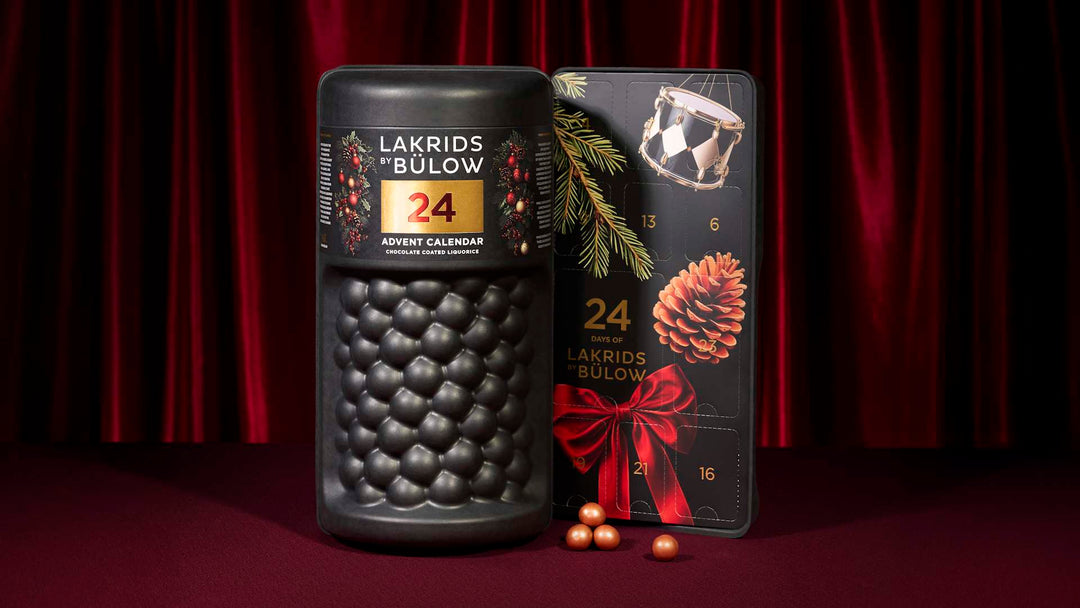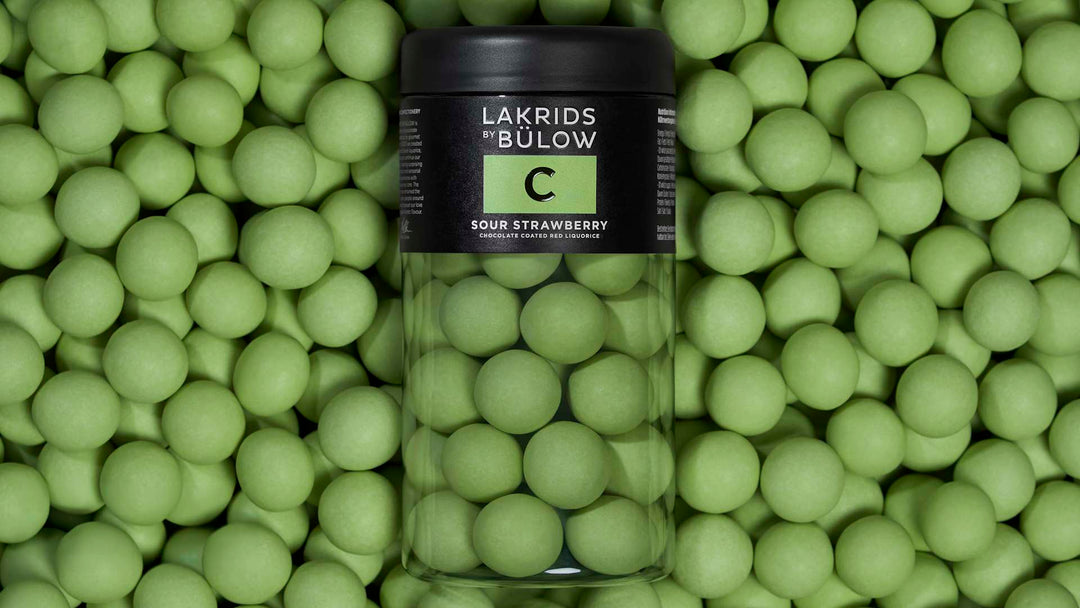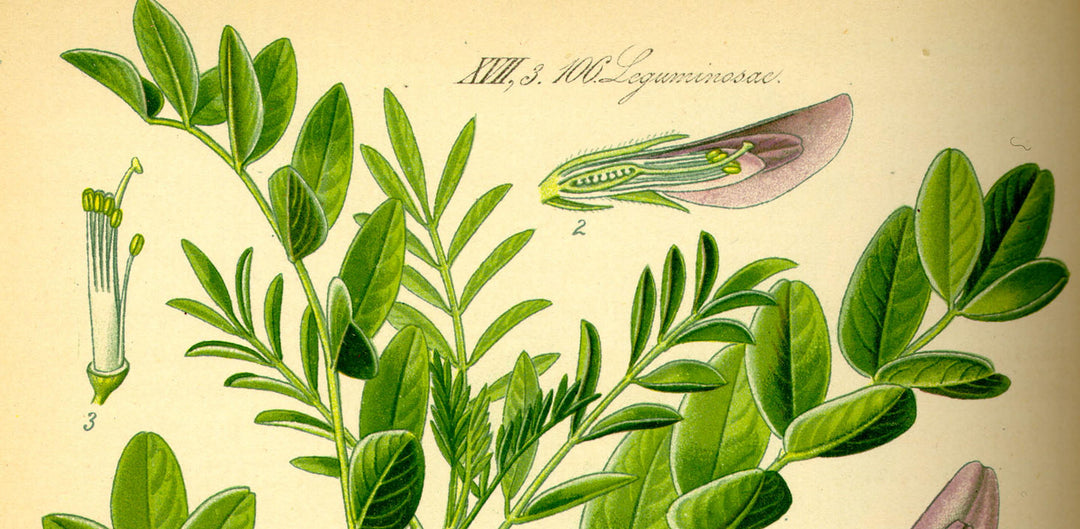
Recipe Overview
Ribbestek probably originated in Skåne, in southern Sweden, but it is now popular across the whole country. It gets its name because the crackling looks a bit like ett ribbstaket (A rib, or slatted fence).
In Denmark this roast is called a Flæskesteg which translated simply means a pork roast and it is typically served during Christmas. However, many people have realised that the British tradition of a Sunday roast is a good one and eat it all year around
This Swedish version of the traditional British roast pork really does benefit from the depth provided by the addition of liquorice as a spice.
Notes:- Any joint of pork loin, with the skin still on, can be used, but for the best flavour it should have a good layer of fat.
- Ask your butcher to score the skin in lines a about 1cm apart.
- If you score the skin yourself, use a very sharp knife, such as a craft knife with a new blade, making deep cuts. Make sure you don't cut into the flesh because then the juices from the meat will seep into the skin making it impossible to produce good crisp crackling.
- Ideally, keep the scored meat in a fridge uncovered for a day or two beforehand, so that the skin dries out as much as possible.
- In Sweden, roast meat is traditionally finished cooking when it reaches a pre-defined temperature when checked with a meat thermometer. This results in perfect results (Not undercooked, overcooked, or dry)
- No meat thermometer? For a rough estimate of the cooking time allow 55 minutes per kg (25 minutes per lb) plus 15 minutes.

Ingredients
- 1kg pork loin with rind
- Water
- 2 tablespoons of Lakritsfabriken liquorice powder
- Salt
- 2-3 bay leaves
For the Cream Sauce
- Meat juice from steak
- 400ml Double cream
- 1 teaspoon of Lakritsfabriken’s liquorice powder
- Sea Salt and freshly ground black pepper
Method
Pork
- If it has not already been done by the butcher, cut incisions about 1 cm apart in the rind of the pork loin being careful not to cut through to the meat (See notes above). Place the steak, rind side down, in a casserole dish. Add water to cover it. Leave for 30-45 minutes.
- Set the oven to 180°C / fan 160°C / gas mark 4
- Take the steak out and dry it, dabbing with kitchen roll. Mix the liquorice powder and salt and rub the steak thoroughly all around. Add a little extra salt to the rind, focusing on the incisions.
- Place the steak in a roasting pan with the rind facing upwards and add 1 cm of water to the bottom of the pan. Add the bay leaves and place in the oven.
- Roast for about 55 minutes per kg or until the internal temperature is 55 degrees. Add a little water to the pan during roasting if it is running low
- Then raise the oven temperature to 240°C / fan 220°C / gas mark 9 and allow the rind to crisp and colour. Remove from the oven and let it rest.
Sauce
Remove the steak from the pan, whisk out the pan with a little water and pour the stock into a saucepan. Add the cream and season with liquorice powder, salt and pepper. Cook until the sauce has thickened slightly.
To serve
Cut the pork into centimetre-thick slices and serve with raw roasted cabbage, Brussels sprouts, garlic mushrooms and the delicious cream sauce.
Attribution
Permission to reproduce this recipe has very kindly been provided by Lakritsfabriken. The recipe was originally created by the company founder, Martin Jörgensen and has been translated and adapted by Liquorice Heaven.
















Leave a comment